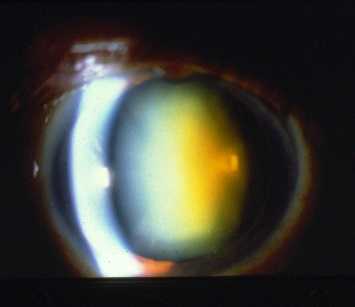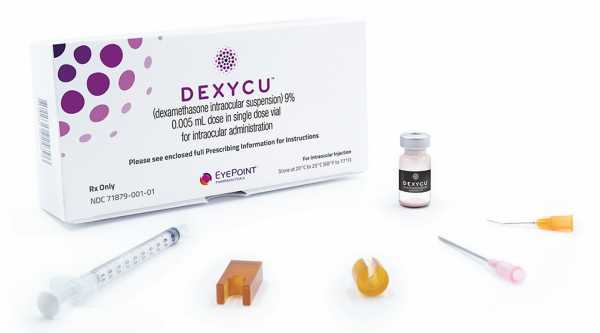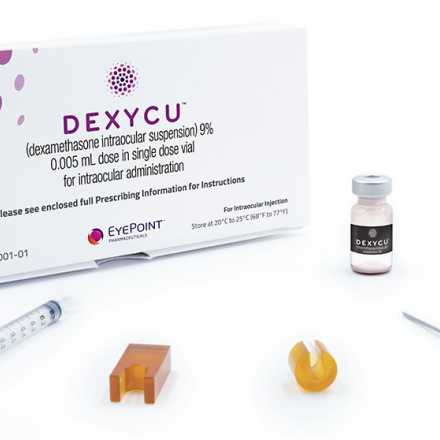
Vitrectomy Surgery for Macular Hole Repair Associated with Rapid Progression of Nuclear Cataract Density
Eyes with macular hole development had rapid progression of nuclear sclerotic cataract density after undergoing a vitrectomy, especially when compared with eyes affected by a macular hole that were simply observed instead of treated with surgery.
A macular hole in retina is a small hole in the macula, which is the part of the eye that is located in the middle of the eye’s retina (light-sensitive tissue). The macula of your eye is essential for providing sharp vision required for everyday activities such as driving and reading.
When a macular hole develops, the central vision can become distorted or blurred. The degree of distortion or blurring will depend on the size and location of the macular hole. This condition most commonly develops in people who are 60 or older.
The eyes are filled with a fluid substance known as vitreous. As we age, this fluid, which contains countless fine fibers, begins to shrink and pull away from the surface of the retina. While this does not always cause symptoms or any adverse effects, some people may begin to see specks or other abnormalities in their field of vision.
More severe problems occur when the vitreous is attached firmly to the retinal wall. As the vitreous pulls away from the retina, it can cause tears in the wall, thus causing a macular hole.
Macular hole repair often includes surgical removal of the vitreous from the center of the eye. During this surgery, the surgeon inserts a tiny device into the eye that breaks up the vitreous, which the surgeon can then draw out of the eye.
Procedures such as laser surgery allow the surgeon to repair holes in the retina. During the procedure, the surgeon may also flatten out areas of the retina where it has become detached. Normal pressure in the eye is restored by replacing the vitreous fluid with a gas or silicone gel.
Studies have found that nuclear cataract density increased significantly in patients who underwent vitrectomy and gas tamponade. One study found that vitrectomy patients showed a 16.6 percent increase in nuclear density just three months after surgery.
By six months, nuclear cataract density increased by 33.9 percent. This significant increase was far greater than what was found in a controlled, observation group used in the study. The study did not show a significant correlation between the rate of nuclear density acceleration and the age of the patients.









